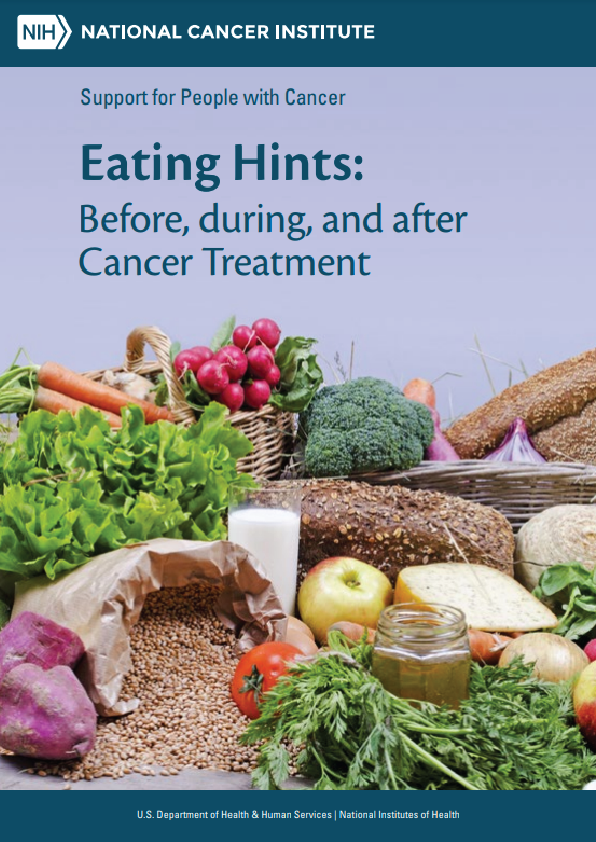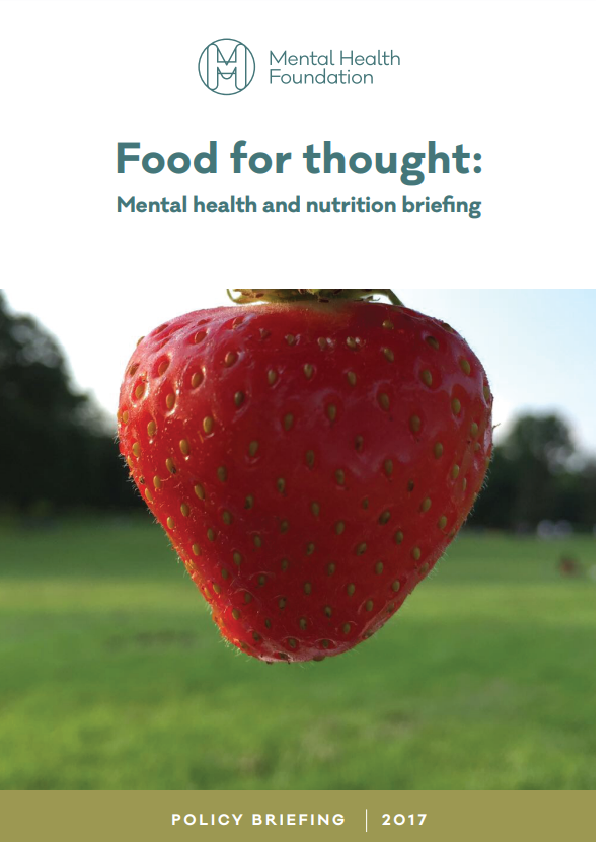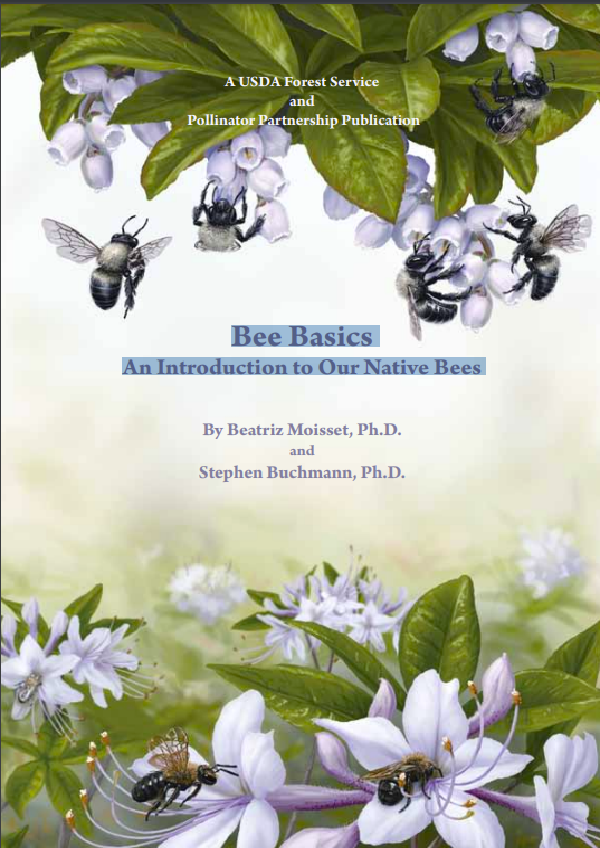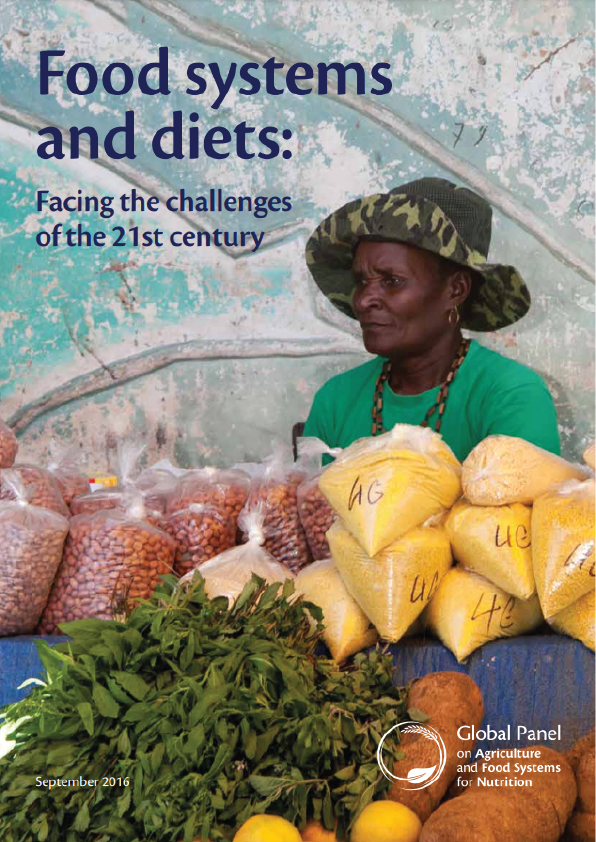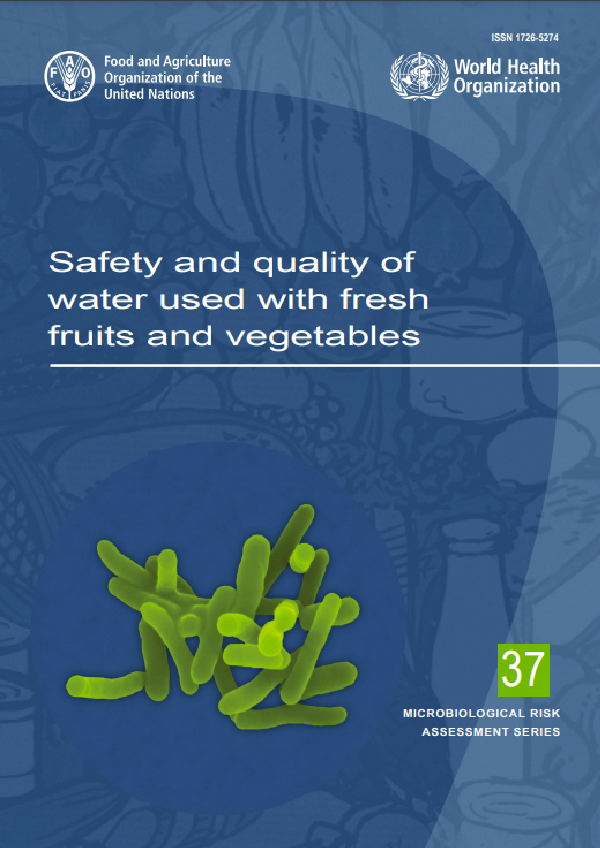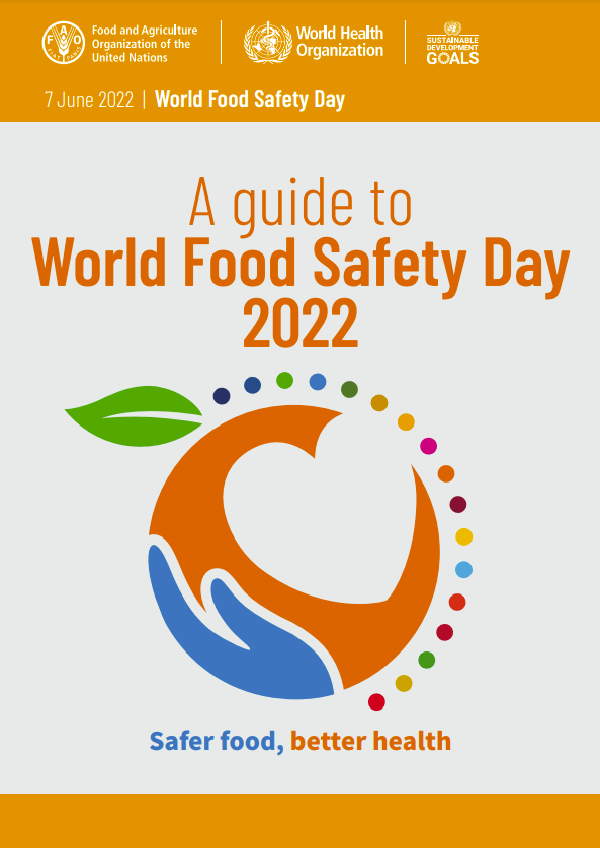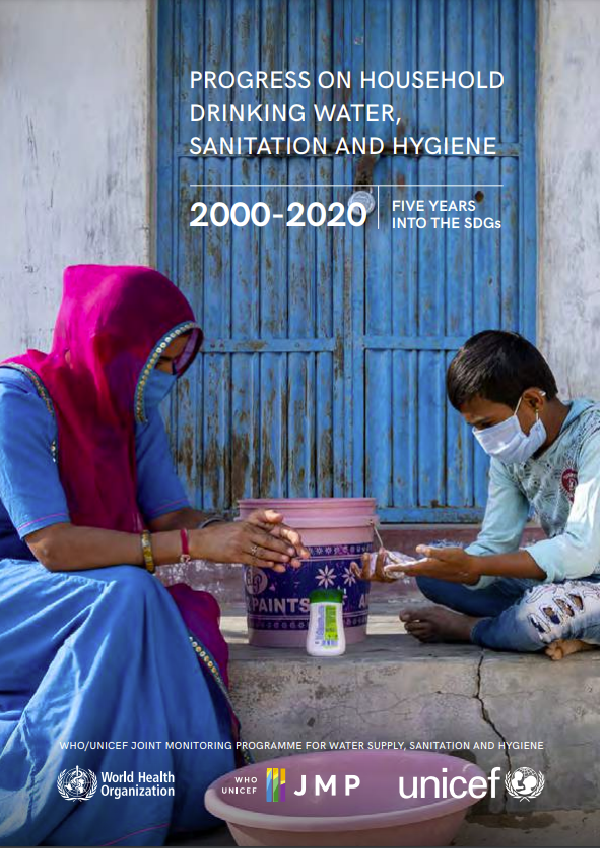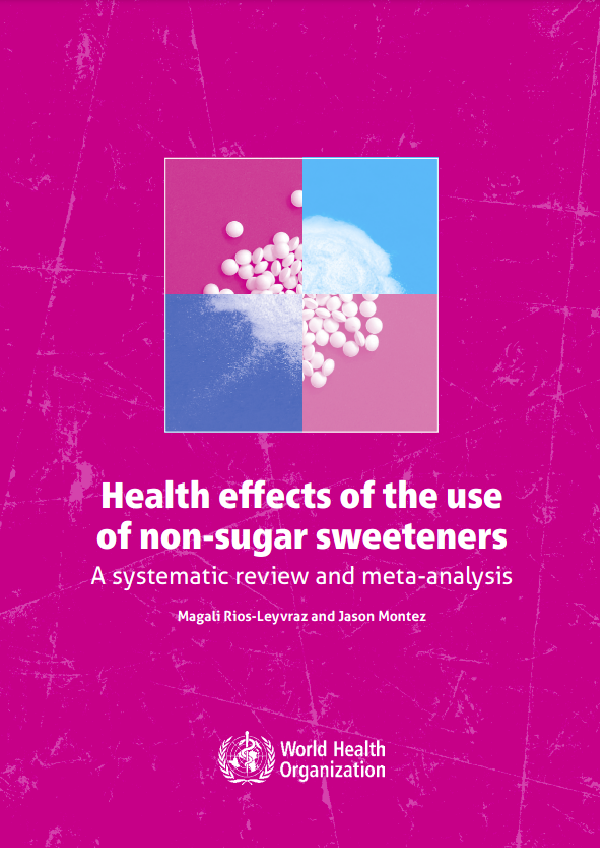Modern Pastry and Plated Dessert Techniques is one of a series of Culinary Arts books developed to support the training of students and apprentices in British Columbia’s food service and hospitality industry. Although created with the Professional Cook and Baker programs in mind, these have been designed as a modular series, and there for can be used to support a wide variety of programs that offer training in food service skills.
Coagulation
Coagulation is defined as the transformation of proteins from a liquid state to a solid form. Once proteins are coagulated, they cannot be returned to their liquid state. Coagulation often begins around 38°C (100°F), and the process is complete between 71°C and 82°C (160°F and 180°F). Within the baking process, the natural structures of the ingredients are altered irreversibly by a series of physical, chemical, and biochemical interactions. The three main types of protein that cause coagulation in the bakeshop are outlined below.
Egg proteins
Eggs contain many different proteins. The white, or albumen, contains approximately 40 different proteins, the most predominant being ovalbumin (54%) and ovotransferrin (12%). The yolk contains mostly lipids (fats), but also lipoproteins. These different proteins will all coagulate when heated, but do so at different temperatures. The separated white of an egg coagulates between 60°C and 65°C (140°F and 149°F) and the yolk between 62°C and 70°C (144°F and 158°F), which is why you can cook an egg and have a fully set white and a still runny yolk. These temperatures are raised when eggs are mixed into other liquids. For example, the coagulation and thickening of an egg, milk, and sugar mixture, as in custard, will take place between 80°C and 85°C (176°F and 185°F) and will start to curdle at 88°C to 90°C (190°F and 194°F).
Dairy and soy proteins
Casein, a semi-solid substance formed by the coagulation of milk, is obtained and used primarily in cheese. Rennet, derived from the stomach linings of cattle, sheep, and goats, is used to coagulate, or thicken, milk during the cheese-making process. Plant-based rennet is also available. Chymosin (also called rennin) is the enzyme used to produce rennet, and is responsible for curdling the milk, which will then separate into solids (curds) and liquid (whey).
Milk and milk products will also coagulate when treated with an acid, such as citric acid (lemon juice) or vinegar, used in the preparation of fresh ricotta, and tartaric acid, used in the preparation of mascarpone, or will naturally curdle when sour as lactic acid develops in the milk. In some cases, as in the production of yogurt or crème fraîche, acid-causing bacteria are added to the milk product to cause the coagulation. Similarly, tofu is made from soybean milk that has been coagulated with the use of either salt, acid, or enzyme-based coagulants.
Flour proteins (gluten)
Two main proteins are found in wheat flour: glutenin and gliadin (smaller quantities are also found in other grains). During mixing and in contact with liquid, these two form into a stretchable substance called gluten. The coagulation of gluten is what happens when bread bakes; that is, it is the firming or hardening of these gluten proteins, usually caused by heat, which solidify to form a firm structure.




